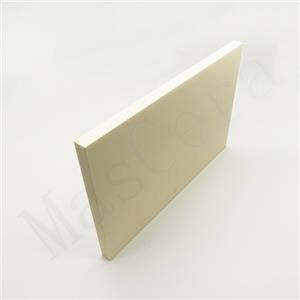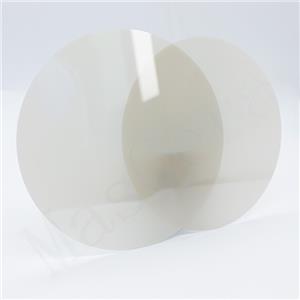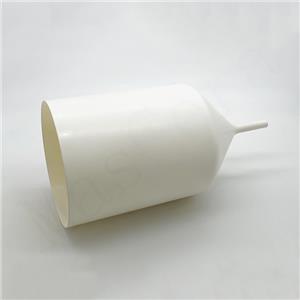Blog
-
Boron Nitride Ceramics for High-Temperature Applications
Boron Nitride Ceramics, especially in their hot-pressed form (HPBN), have become essential in many demanding environments where extreme heat, high voltage, chemical corrosion, or non-wettability are critical concerns. Mascera provides precision-engineered HPBN components that perform reliably in harsh conditions and meet the requirements of industries such as metallurgy, aerospace, vacuum processing, and advanced electronics.
14-05-2025 -
What is the main use of Aluminum Nitride Ceramics?
Aluminum Nitride Ceramics have emerged as one of the most important materials in modern technology. By offering an unparalleled combination of high thermal conductivity, superior electrical insulation, and robust mechanical performance, they solve critical engineering challenges across electronics, aerospace, and beyond.
13-05-2025 -
What is the Main Use of Pyrolytic Boron Nitride Ceramics?
Pyrolytic Boron Nitride stands out in modern high-temperature and ultra-high vacuum processes due to its superior thermal stability, electrical insulation, chemical inertness, and cleanliness. Whether in PBN crucibles, high-temperature insulation systems, or precision electronic manufacturing, Pyrolytic Boron Nitride meets the demanding requirements of extreme applications.
12-05-2025 -
What Is Ceramic Metallization with Molybdenum-Manganese?
Molybdenum-Manganese Metallization involves applying a composite layer of molybdenum (Mo) and manganese (Mn) onto the surface of a ceramic substrate, typically alumina. This metalized layer is sintered at high temperatures to form a durable bond. The surface is then usually nickel-plated to allow brazing with metal components.
06-05-2025 -
Benefits of Ceramic Grinding Cores for Food Use
Mascera’s alumina ceramic grinder parts, ceramic grinding cores, food-grade ceramic burrs, ceramic grinder mechanisms, and manual ceramic grinder parts deliver superior grinding quality, enhanced durability, and uncompromised food safety — making them the trusted choice for manufacturers and users worldwide.
28-04-2025 -
Physical Properties of Technical Ceramic
Different types of ceramics—based on their composition, crystal structure, and sintering process—demonstrate varying ceramic physical properties. Among them, three specific indicators are particularly critical in industrial applications and directly affect the performance, longevity, and manufacturability of technical ceramic materials: ceramic thermal expansion, thermal conductivity of ceramics, and ceramic density.
24-04-2025 -
Mechanical Properties of Technical Ceramics
To effectively evaluate and apply ceramics in industry, it's essential to understand the key ceramic properties that determine their performance under mechanical stress. These indicators provide a scientific basis for choosing the right material for your specific engineering needs.
21-04-2025 -
Dielectric Constant of advanced Ceramics
Focusing solely on the dielectric constant of ceramics may lead to suboptimal material choices. To achieve reliable electrical insulation, engineers should look holistically at the full range of ceramic properties, particularly volume resistivity of ceramic and dielectric strength. These key factors ensure performance stability, long-term durability, and safety in high-demand environments.
18-04-2025 -
How to Choose the Right Ceramic Washer Thickness
Selecting the correct ceramic washer thickness involves balancing electrical insulation, thermal management, and mechanical strength considerations to ensure reliable, safe, and efficient device operation.
11-04-2025 -
Why Choose Ceramic Insulation Pads for Power Electronic Devices?
Ceramic insulation pads are essential components for achieving both thermal efficiency and electrical isolation in high-power electronics. Whether you're upgrading your thermal pad performance or searching for a reliable ceramic washer alternative, Mascera’s products deliver the durability and performance needed for today’s power systems.
07-04-2025




